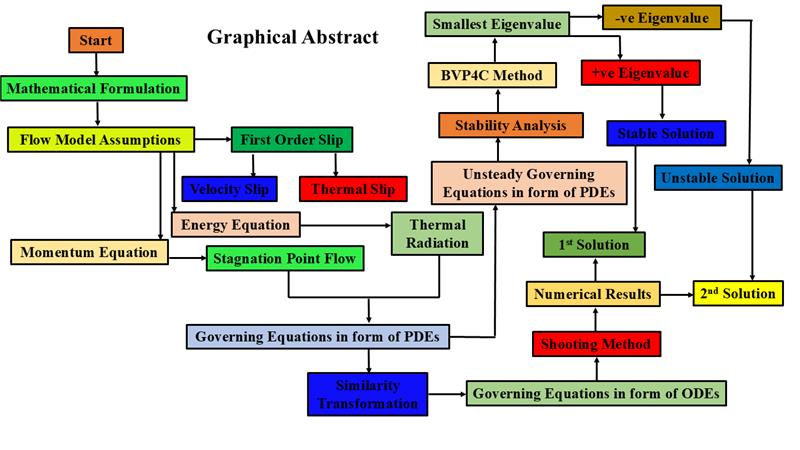 Open Access
Open Access
ARTICLE
Muhammad Zubair Mustafa1, Sumera Dero1, Liaquat Ali Lund2, Mehboob Ul Hassan3, Umair Khan4,5,*
1 Institute of Mathematics and Computer Science, University of Sindh, Jamshoro Sindh, 76080, Pakistan
2 KCAMS Khairpur Mir’s, Sindh Agriculture University, Tandojam Sindh, 70060, Pakistan
3 Department of Economics, College of Business Administration, King Saud University, Riyadh, 145111, Saudi Arabia
4 Department of Mathematics, Saveetha School of Engineering, Saveetha Institute of Medical and Technical Sciences, Saveetha University, Chennai, 602105, India
5 Department of Mathematics, Faculty of Science, Sakarya University, Serdivan/Sakarya, 54050, Turkey
* Corresponding Author: Umair Khan. Email:
(This article belongs to the Special Issue: Innovative Computational Methods and Applications of Nanofluids in Engineering)
Computer Modeling in Engineering & Sciences https://doi.org/10.32604/cmes.2025.061804
Received 03 December 2024; Accepted 13 February 2025; Published online 13 March 2025

View
Download
Like
Stability Analysis of Network Controlled Temperature Control System with Additive Delays
V. Venkatachalam, D. PrabhakaranSafety Evaluation of Concrete Structures Based on a Novel Energy Criterion
Qiang Tong, Qingwen Ren, Lei Shen...Local and biglobal linear stability analysis of parallel
Sanjay Mittal, Anubhav DwivediMathematical Programming Approaches for Interval Structural Behaviour and Stability Analysis
Di Wu, Wei Gao, Chongmin Song,...